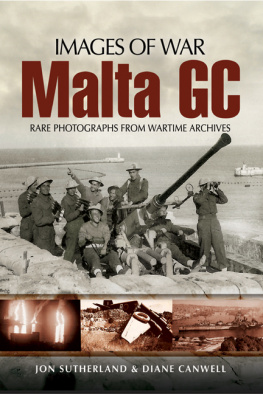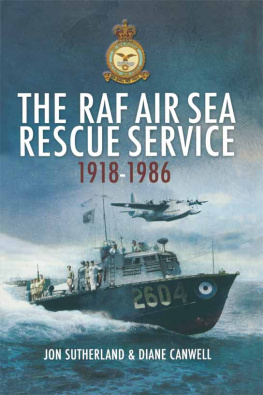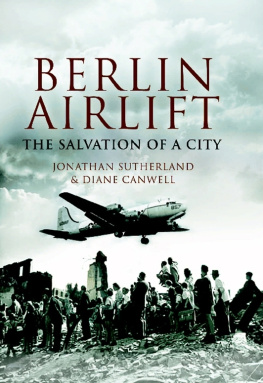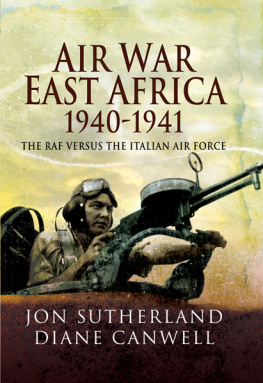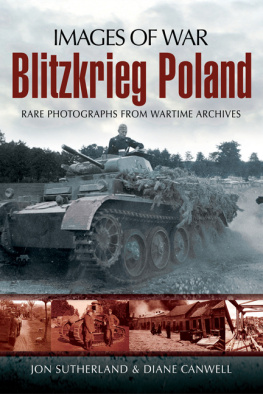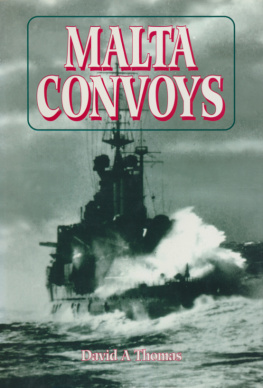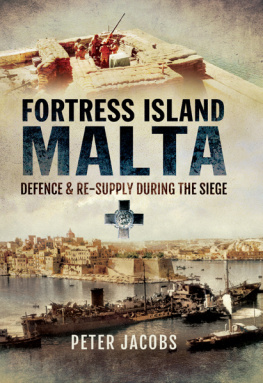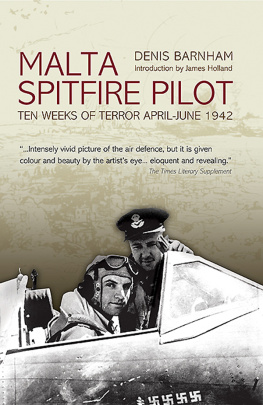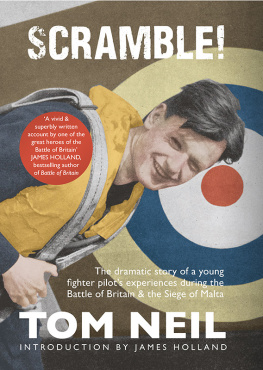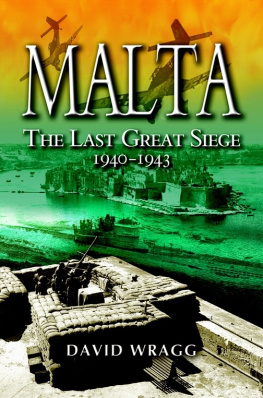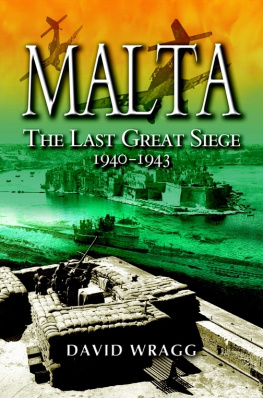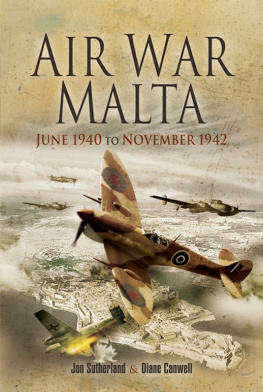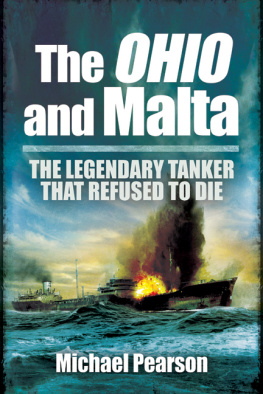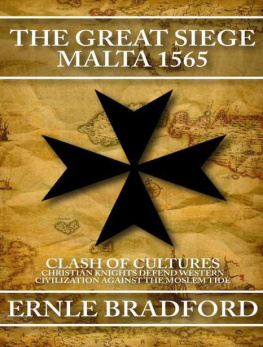

First published in Great Britain in 2009 by
PEN & SWORD AVIATION
an imprint of
Pen & Sword Books Ltd,
47 Church Street, Barnsley,
South Yorkshire.
S70 2AS
Copyright Jon Sutherland and Diane Canwell 2009
ISBN 978-1-84884-044-7
eISBN 978-1-78303-915-9
The right of Jon Sutherland and Diane Canwell to be identified as the Authors of this Work has been asserted by them in accordance with the Copyright, Designs and Patents Act 1988.
A CIP catalogue record for this book is available
from the British Library
All rights reserved. No part of this book may be reproduced or transmitted in any form or by any means, electronic or mechanical including photocopying, recording or by any information storage and retrieval system, without permission from the Publisher in writing.
Typeset by Mac Style, Beverley, East Yorkshire
Printed and bound in Great Britain by CPI
Pen & Sword Books Ltd incorporates the imprints of
Pen & Sword Aviation, Pen & Sword Maritime,
Pen & Sword Military, Pen & Sword Select, Pen & Sword Military Classics,
Leo Cooper, Wharncliffe Local History
For a complete list of Pen & Sword titles please contact:
PEN & SWORD BOOKS LIMITED
47 Church Street, Barnsley, South Yorkshire, S70 2AS, England.
E-mail: enquiries@pen-and-sword.co.uk
Website: www.pen-and-sword.co.uk
Contents
Dedication
To Sergeant William (Bill) John Lazell (1920-1980)
and to those who withstood the siege of Malta 1940-1943
Many thanks to Paul Lazell and his family.
Introduction
The island of Malta is literally situated at the crossroads of the Mediterranean. Incredibly, it suffered an ordeal of hunger, terror and bombardment at the hands of the Italians and Germans during the Second World War that would surpass almost any other in the war.
In a single 24-hour period on 2021 March 1942, 295 tons of bombs fell on Ta Qali airfield. This made Ta Qali the most bombed allied airfield of the war. In April 1942, 6,728 tons of bombs fell on Malta, some thirty-six times the tonnage that devastated Coventry. In fact in March and April 1942 more bombs were dropped on Malta than fell on London during the entire Blitz. Overall, Malta suffered 154 days of continual raids compared to Londons fifty-seven at the height of the Blitz.
Malta is almost at the heart of the Mediterranean, 1,100 miles east of Gibraltar and 911 miles west of Alexandria. However, it is closest to North Africa and to Sicily, being just 185 miles east of Tunisia and 200 miles from Tripoli. Sicily lies just 60 miles north. The most significant harbour in the Maltese islands is the Grand Harbour, on the eastern coast of Malta. In fact it is two harbours divided by a peninsula, dominated by the capital, Valletta. To the north of Valletta is Marsamxett, another harbour, and on the south coast is the only other harbour of any significance, Marsaxlokk.
Prior to the outbreak of the Second World War, Valletta had become the Royal Navys Mediterranean Fleet Headquarters, although the headquarters was moved to Alexandria in Egypt at the beginning of the Second World War. By the time Italy declared war in June 1940 there were 300,000 civilians on the islands, fewer than 4,000 British troops, just over forty anti-aircraft guns, four Gladiators and three pilots, and just five weeks food supplies.
Inevitably, Malta would become the focus of Italian attention in the Mediterranean. It was an isolated British colony, close to the Italian mainland. The Italians feared that it would be used by the British to launch attacks. It became one of Mussolinis priorities to beat the island into submission by air and pave the way for its occupation.
The events that would take place between June 1940 and the generally accepted end of the siege by air and sea in late 1942 would have few parallels during the Second World War. Ton for ton the Italians and the Germans dropped more bombs on Malta than the Luftwaffe had dropped on London during the Blitz. Almost daily there were interceptions and dogfights around and above the island. Hundreds of air alerts shattered the calm of the islands and sent civilians and military personnel alike scurrying for shelter. Hour by hour, the attrition on the island, its resources, population and often scant air cover threatened to overwhelm its ability to defend itself.
To begin with, the islands antiquated biplanes were all that stood in the way of the Italians flattening the island and forcing the civilians and the garrison into submission. Gradually, over the months, the Gladiators were reinforced by Hawker Hurricanes and then Spitfires and a host of other military aircraft, until defence became offence and it was the Italians and the Germans who would be subjected to incessant bombing and attack.
On 15 April 1942 King George VI awarded the island the George Cross. It was an award that was usually given to individuals, rather than a whole population, as the monarch said:
To honour her brave people, I award the George Cross to the Island Fortress of Malta to bear witness to a heroism and devotion that will long be famous in history.
Undoubtedly Malta was one of the most intensively bombed areas during the Second World War. There were around 3,000 raids, nearly 1,500 civilians were killed and nearly 3,700 injured. It is notoriously difficult to be certain as to the aircraft losses on either side. The Royal Air Force claimed around 860 Italian and German aircraft, although this figure may, in fact, be closer to 600. Around 290 Spitfires and Hurricanes were lost between June 1940 and December 1942, although in all over 840 allied aircraft were lost, both in the air and on land. The German Luftwaffe claimed over 440 allied aircraft shot down.
The siege of Malta was conducted almost entirely by air. In the period up to the end of 1940, air activities were almost exclusively Italian. However, by early 1941, matching the fortunes of the Germans in North Africa, the Luftwaffe had reinforced the Italians and made a determined attempt to overwhelm the islands defences. With the changing fortunes in North Africa and Germanys obsession with the invasion of Russia, there was a lull before the Luftwaffe returned in 1942 and all but overwhelmed Maltas scant defences and pounded the island almost at will.
After April 1942 it was the allies who were on the offensive, intercepting aircraft attacks even before they crossed the coast. Rommels supply vessels were intercepted daily and destroyed by aircraft operating out of Malta. No German or Italian vessel was safe along the whole of the African coast or from Italy to Greece.
Just prior to the launching of Montgomerys much-awaited North African Offensive at El Alamein, the Luftwaffe returned for one last time to overwhelm Malta. They assembled half of their bomber strength in the Mediterranean. By now, sufficient reinforcements had arrived on Malta, and the island held out as the Eighth Army drove along the North African coast, overrunning German airbases.
By the end of 1942 the siege was over and the island could now be turned into an offensive arm of the allied effort against the Italian mainland. Aircraft from the island covered the amphibious invasion of Sicily and continued to be instrumental in ensuring air superiority across the whole of the Mediterranean.
Lieutenant General Sir William Dobbie wrote in 1944 of the victory, which would have appeared to have been so impossible in 1940:
Next page
